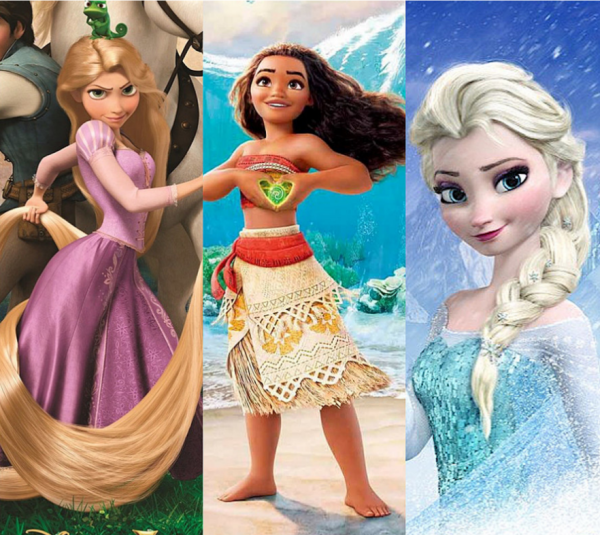Fast fashion in today’s world
Children in a factory constantly sewing, dyeing, cutting and trimming, for 16 hours a day without a break. Breathing in all of the harmful chemicals without realizing the detrimental mental and physical damage it’s causing to their bodies.
This is the reality behind fast fashion brands. Brands like this constantly have new clothes to keep up with trends with a low price. These brands include Shein, H&M, GAP, and Zara.
“The textile industry uses child labor particularly because its often low-skilled, so children can be exploited at a younger age,” stated Student Briefs.
Fast fashion brands make more profit, because they pay their workers extremely low wages. This causes many of the children and adult laborers to earn less than minimum wage.
“Average monthly earnings for three-fourths of child workers was less than 2,000 cedis (a Ghanian currency equivalent to about 1.25 United States dollars),” stated ilo.org. “Which is far below the national minimum wage.”
However, for some high school students, fast fashion is the only way they can be themselves.
“It allows us to express ourselves,” said a junior at IHS. “[I think we should] buy it to an extent.”
Sometimes, students do not even realize the brands they buy from are unethical.
“I had no idea fast fashion used child labor. But sometimes we need cheap clothes, we’re high school students,” said a Eduardo Martinez, an IHS senior.
While this dilemma is common and understandable it should not be an excuse to put other children through such cruel conditions at such a young age.
“I go to thrift stores, which is a sustainable [and cheap] way to shop,” said Akshita Suresh, IHS junior.
Fast fashion brands are producing twice the amount of clothes than in 2000, which leads to an increased amount of wastage.
“[Fast fashion brands] tend to throw out clothes that are not trendy which is why I also buy from stores that receive them,” said Suresh.
Although fast fashion uses child labor and harms the environment, with the dawn of alternate, cheap ways of shopping such as thrifting, people have the power to make the clothing industry a more sustainable place.





